Butterfly Love
Updated: Apr. 24, 2020
At the butterfly exhibit where I work, our guests frequently point out pairs of butterflies that seem to be “stuck
At the butterfly exhibit where I work, our guests frequently point out pairs of butterflies that seem to be “stuck together”, and ask something like, “Are those butterflies doing what I think they are?” We cheerfully answer, “Yup! They’re making more butterflies!”, an appropriate answer in an exhibit full of kids. For those guests who are interested, though, we share a few additional facts about butterfly mating, and now I’m sharing them with you.
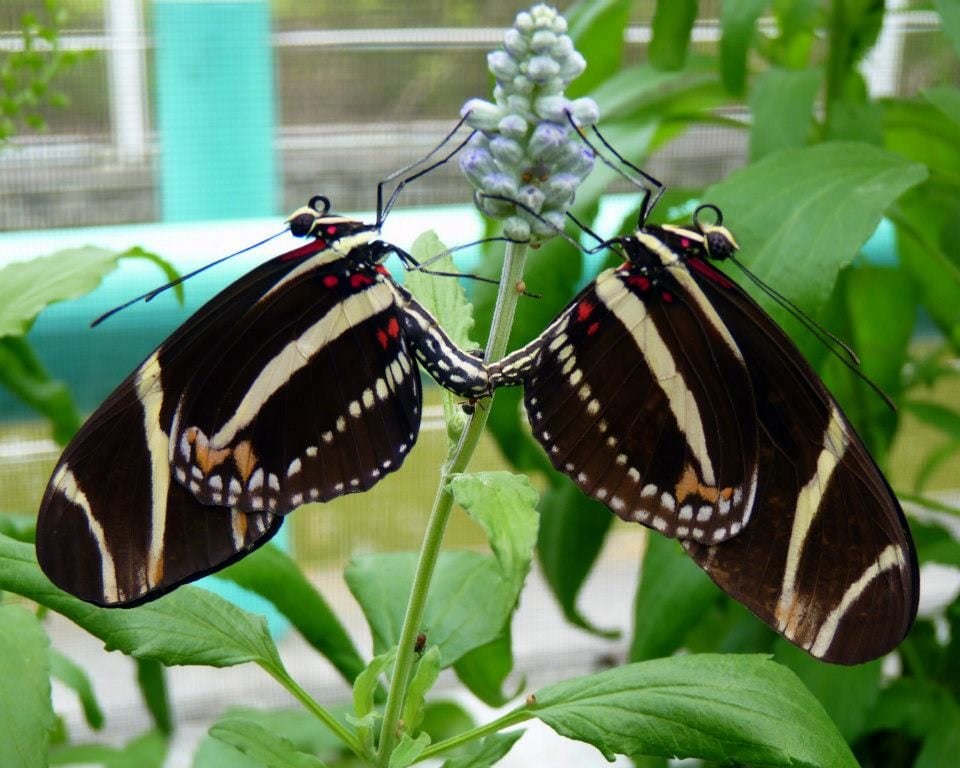
Before mating, buttterflies often seem to dance together, whirling around each other into the sky. The male is releasing pheremones from scent glands in an effort to entice the female. Several males may try to romance a female at once, and if she’s not interested, she will use her wings to cover her abdomen and attempt to fly off.
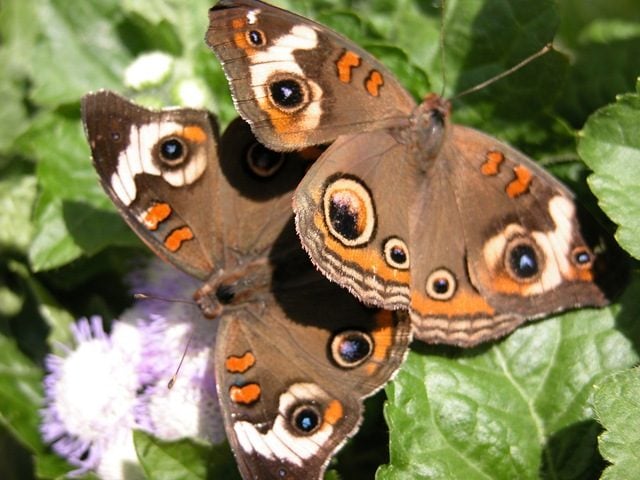
The male butterfly has a pair of claspers at the end of the abdomen used to hold onto the female abdomen during mating. Males and females lock together at the ends of the abdomens, and butterflies may stay attached for anywhere from an hour up to twelve or more! In this way, males can make sure that they are the only ones who fertilize the female’s eggs. Females sometimes fly off during the mating process to feed or find a more sheltered location, while the male stays attached.
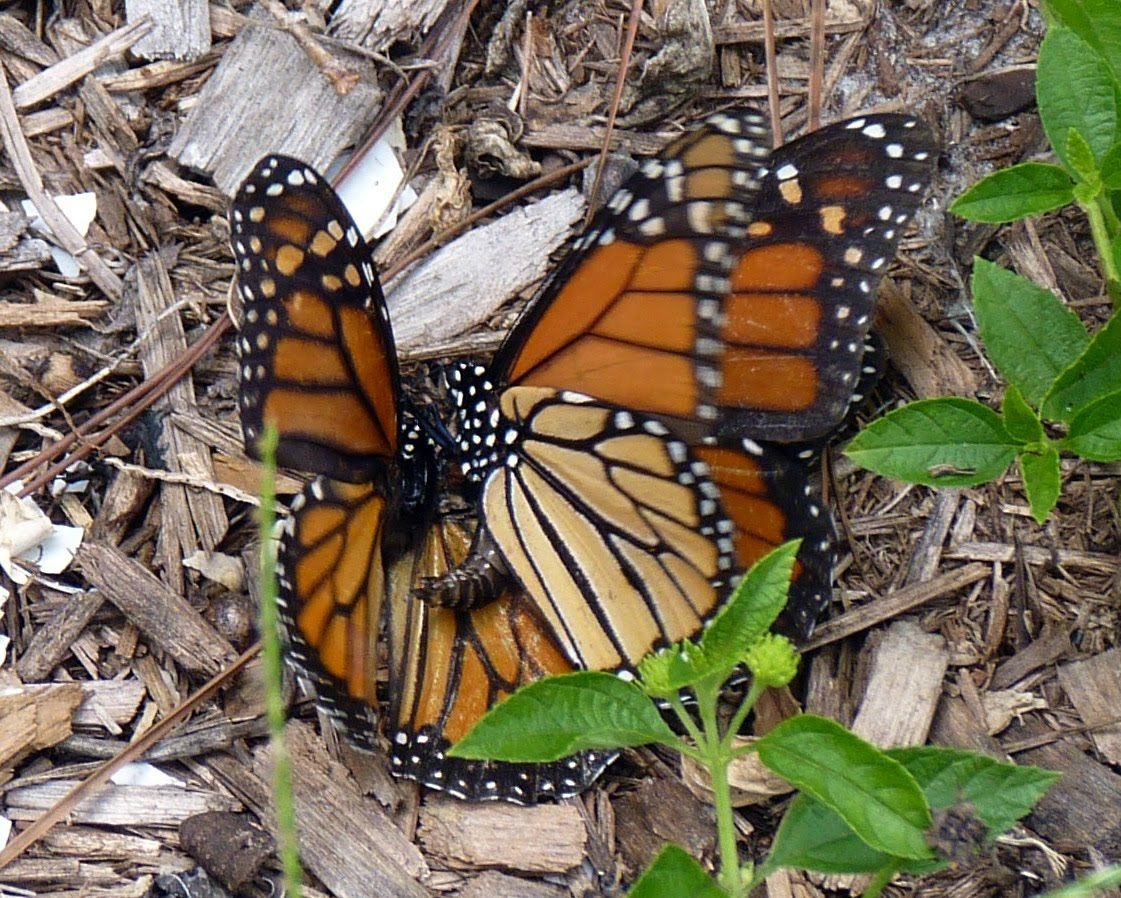
The genitalia of each species has a specific shape, and they fit together rather like a lock into a key. Cross-breeding between species is nearly impossible and extremely rare.
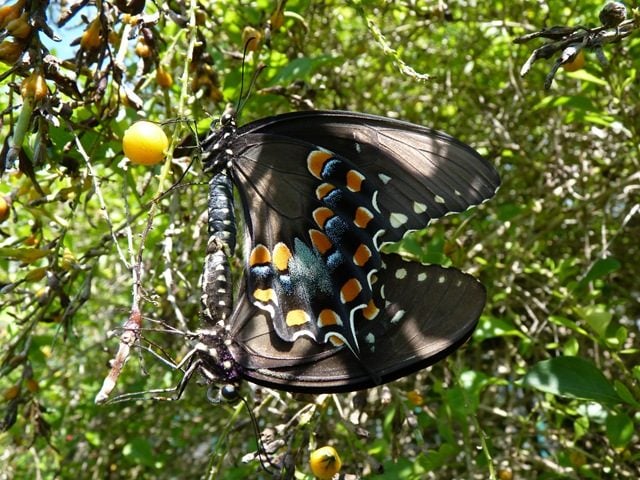
During mating, most males provide a spermatophore, a sort of “package” of sperm and nutrients the female needs to produce and lay eggs. The female will lay eggs within 2-3 days of mating, and lays between 300 and 700 eggs in her short life (usually a month or less).
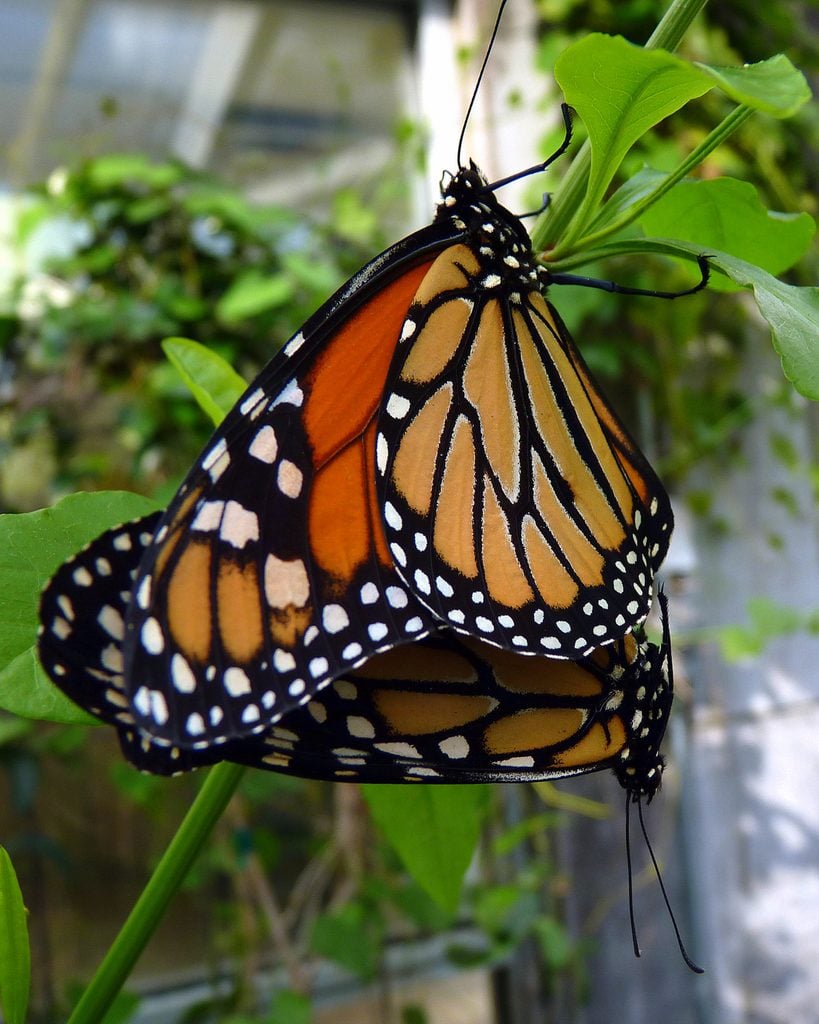
If you’re interested in the technicalities of butterfly courtship and mating, click here for a great detailed site with plenty of information.




















